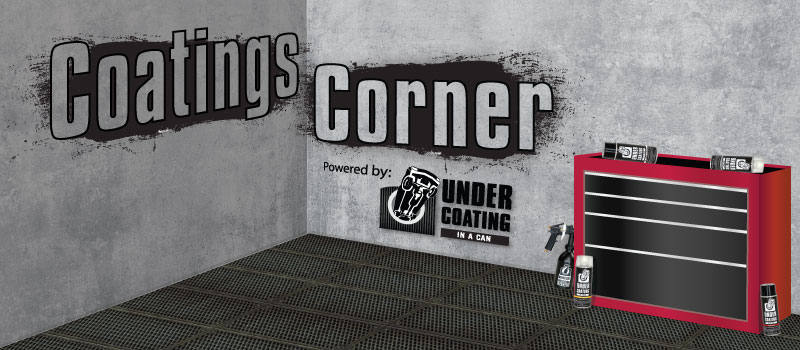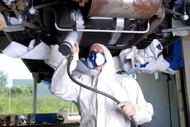Exploring Undercoating Application Methods: Pros and Cons
By on Apr 3rd 2024
When it comes to applying undercoating, understanding the advantages and disadvantages of different application methods is essential. In this blog post, we will explore the pros and cons of various undercoating application techniques. From spray-on to brush-on, roller application to drip or pour methods, each approach offers unique benefits and considerations. Let's dive in!
Spray-On Application
Works best with Wax-Based, Rubberized, and Oil-Based Undercoating
Learn more about Undercoating types hereAdvantages:
- Even Coverage: Spray-on application provides an even and consistent coating, especially on complex surfaces like the undercarriage or wheel wells.
- Efficient for Large Areas: This method allows for quick application over extensive areas, making it ideal for comprehensive undercoating projects.
- Accessibility: It enables reaching tight spaces and crevices that may be challenging to coat with other methods.
Disadvantages:
- Specialized Equipment: Spray-on application requires specialized equipment, such as an undercoating spray gun or aerosol can, which may involve additional costs if not readily available.
- Potential Overspray: Without proper care, overspray can occur, necessitating careful masking and protection of surrounding areas during the application process.
- Safety Precautions: Care must be taken to avoid inhalation of fumes or overspray, requiring adequate ventilation and personal protective equipment.
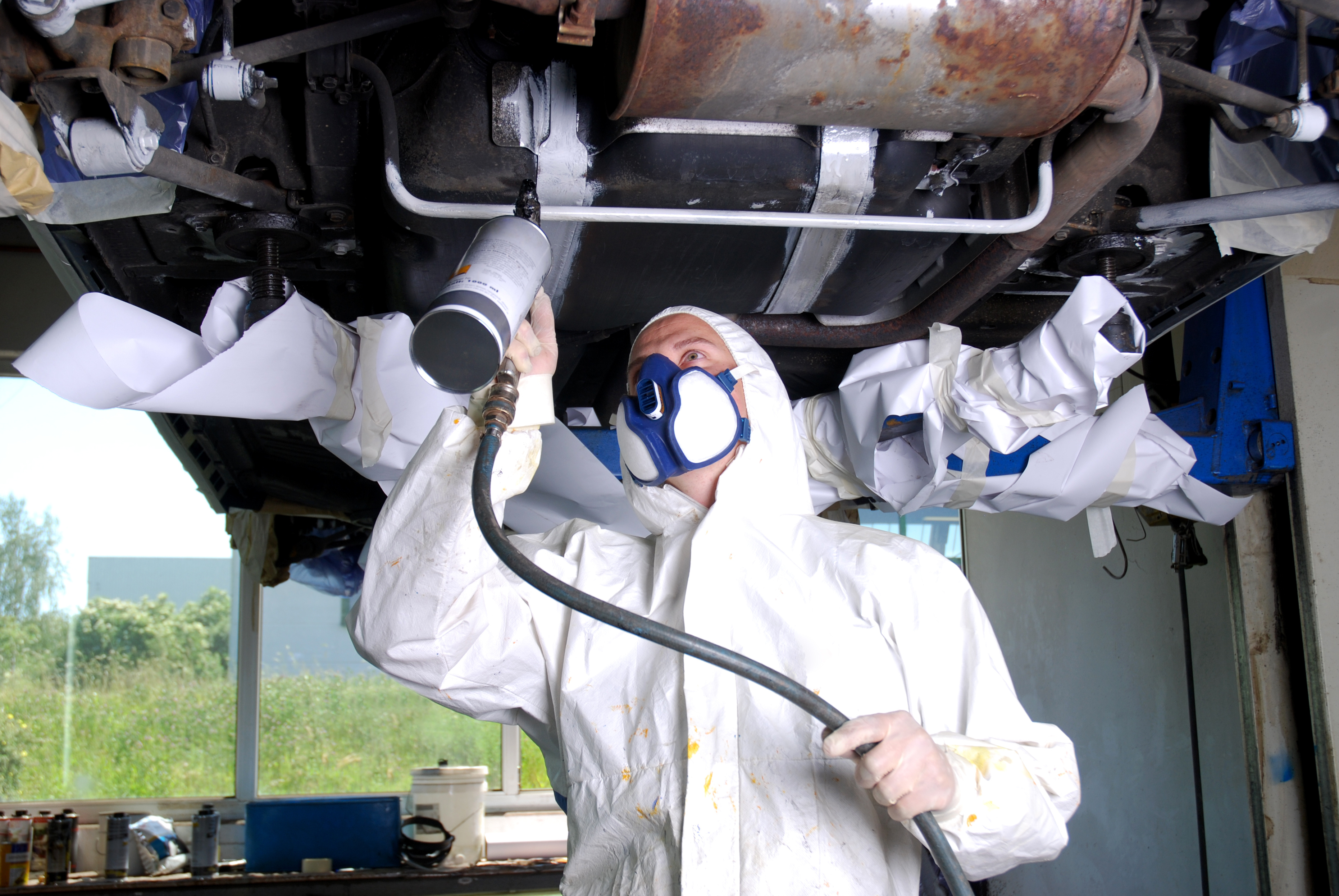
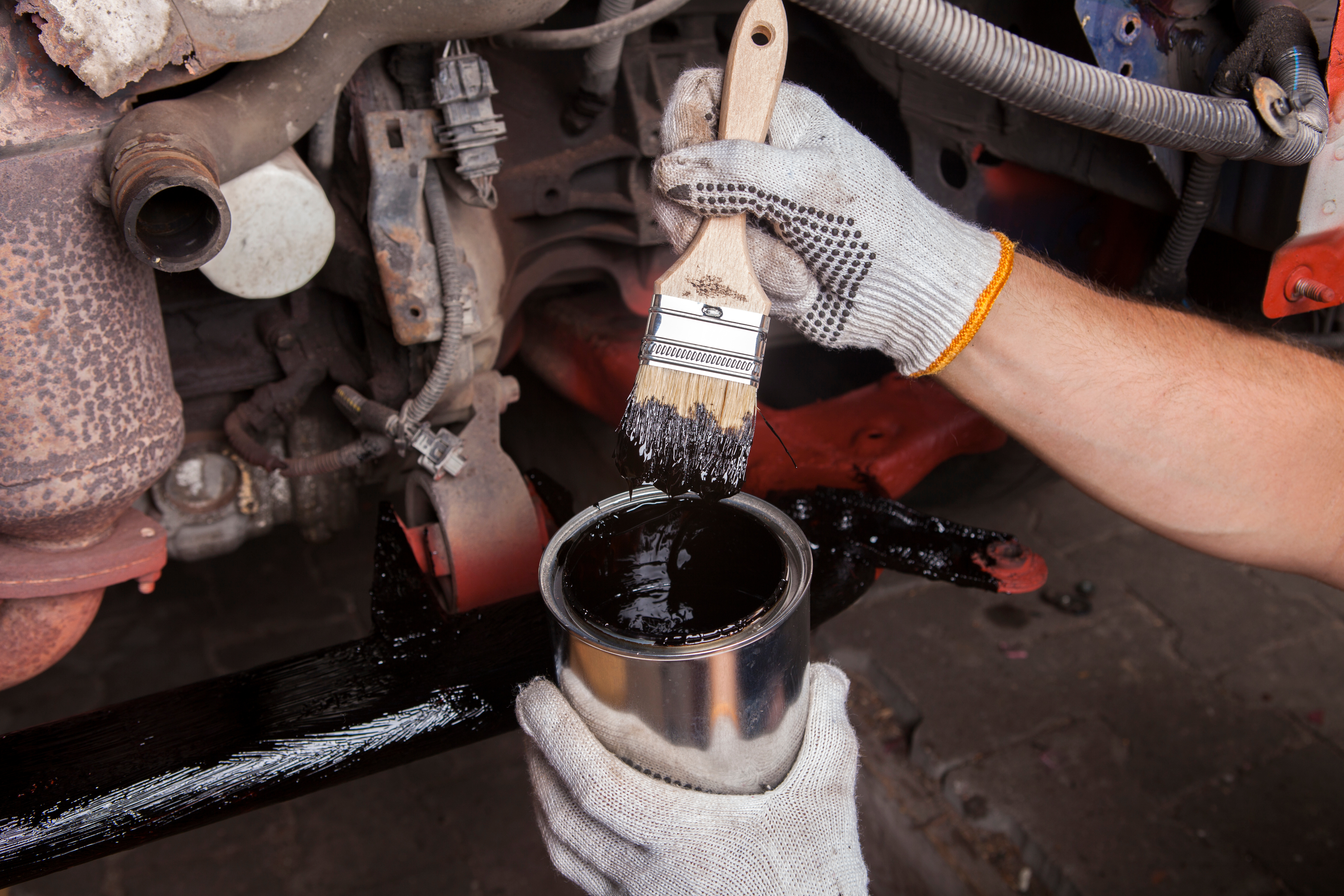
Brush-On Application
Works best with Wax-Based and Oil-Based Undercoating
Learn more about Undercoating types hereAdvantages:
- Precise Targeting: Brush-on application offers precise control and targeting, making it suitable for addressing specific areas or problem spots that require touch-ups.
- Accessibility: It does not require specialized equipment, making it more accessible for DIY enthusiasts.
- Versatility: This method allows for various brush types and sizes, accommodating different application needs.
Disadvantages:
- Time-Consuming: Brush-on application can be time-consuming, especially for larger areas that require extensive coverage.
- Potential for Uneven Finish: Care must be taken to apply the undercoating evenly and consistently, as improper application can result in an uneven finish.
- Multiple Coats: Depending on the desired coverage, multiple coats may be necessary to achieve the desired level of protection.
Roller Application
Works best with Wax-Based, and Rubberized Undercoating
Learn more about Undercoating types hereAdvantages:
- Even Coverage: Roller application allows for even coverage over larger areas, ensuring consistent protection.
- Faster than Brushing: It can be faster to apply undercoating with a roller compared to brush-on methods.
- Cost-Effective: Paint rollers are widely available and cost-effective, making them a budget-friendly option.
Disadvantages:
- Limited Precision: While rollers provide even coverage, they may lack the precision of brush-on application for addressing specific areas or intricate details.
- Difficulty in Tight Spaces: Applying undercoating with a roller in tight spaces or hard-to-reach areas can be challenging.
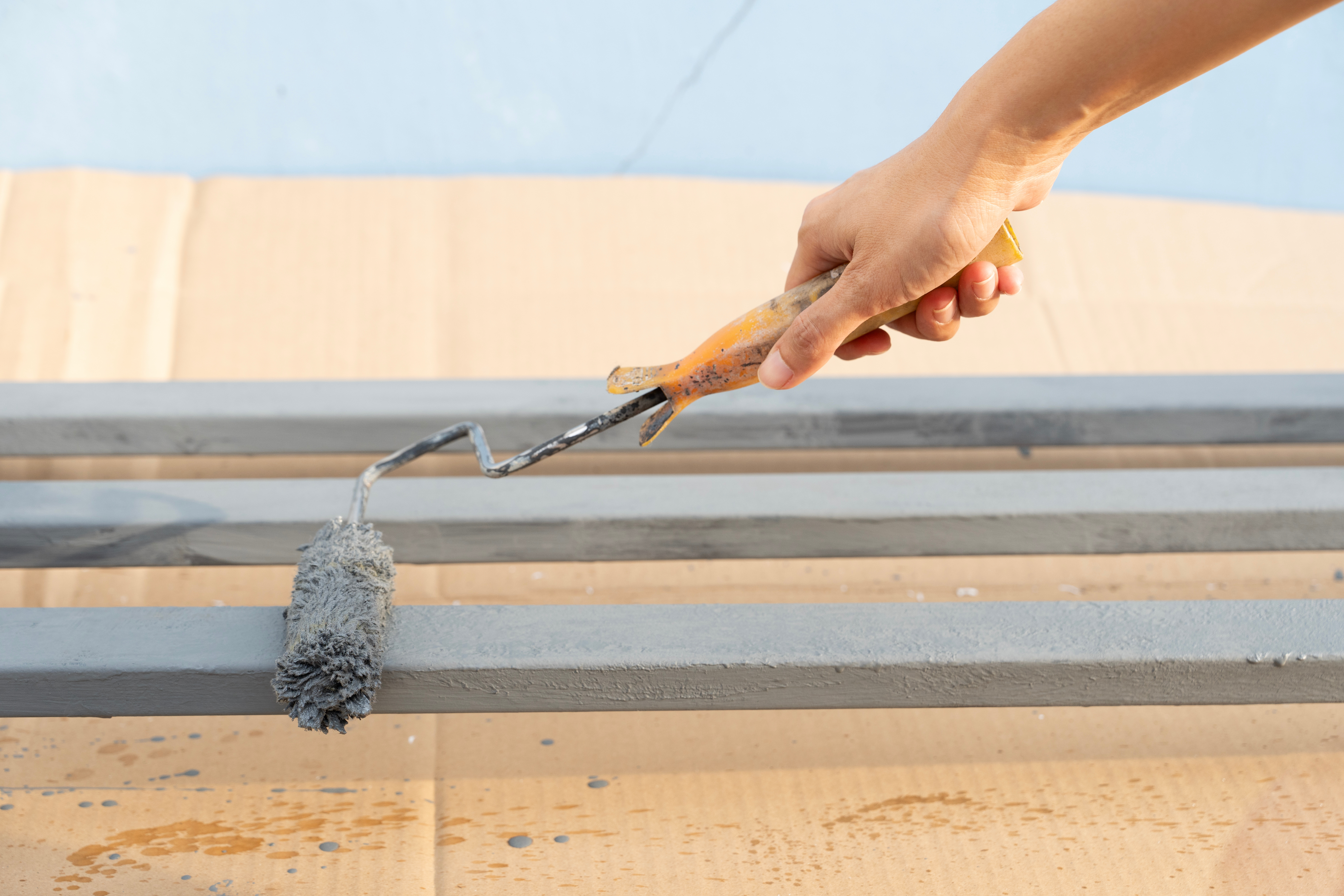
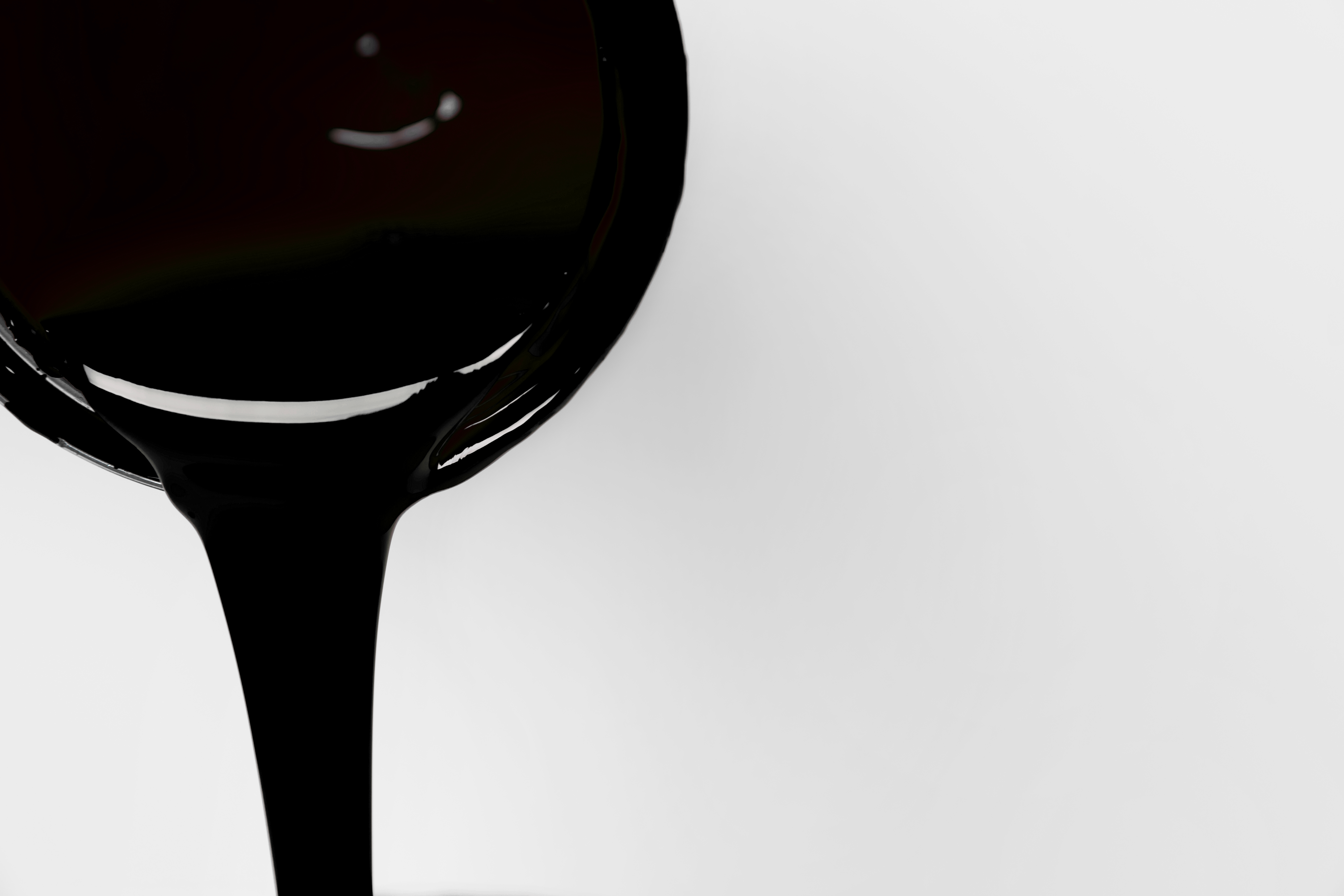
Drip or Pour Application
Works best with Oil-Based Undercoating
Learn more about Undercoating types hereAdvantages:
- Targeted Application: Drip or pour application allows for targeted application, addressing specific areas or localized touch-ups effectively.
- Accessibility: It requires minimal equipment and is easily accessible for DIY projects.
Disadvantages:
- Potential Mess: This method can be messy, and extra care is required to prevent spills or drips.
- Limited Coverage: Drip or pour application may not be suitable for large areas or achieving comprehensive coverage.
Each undercoating application method has its advantages and disadvantages. Spray-on application offers even coverage and efficiency but requires specialized equipment and precautions. Brush-on application provides precision and accessibility but can be time-consuming for extensive coverage. Roller application is cost-effective and efficient for larger areas but may lack precision. Drip or pour application allows for targeted touch-ups but may be messy and limited in coverage. Consider the scope of your undercoating project, your desired level of precision, and available resources to select the best application method that aligns with your needs and preferences.
Have more questions or concerns? Feel free to
contact us or
check out our
Frequently Asked Questions page!

